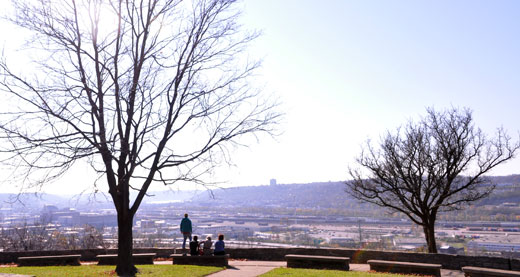
Over the summer, Cincinnati's City Council passed the nation's first
Environmental Justice Ordinance. The goal of the new and first of its kind ordinance is to prevent harm caused by pollution from occuring disproportionately among poor and minority populations.
The City's Office of Environmental Quality (OEQ) states that environmentally linked health effects, including asthma and elevated blood lead levels, occur more commonly in poor and minority populations.
"While there are political, social and economic explanations for why environmental justice problems exist, it is unacceptable for anyone to be exposed to harmful levels of pollutants," said OEQ director Larry Falkin.
Cincinnati's new Environmental Justice Ordinance will take effect on December 21, 2009 and will require new or expanding industrial facilities to get an Environmental Justice (EJ) Permit prior to beginning their operations. According to the OEQ an EJ Permit will only be granted if the facility demonstrates that they will not cause a cummulative material adverse impact on the surrounding communities as defined by the EJ Ordinance.
But even as the new ordinance nears its effective date, some worry about its future as the EJ Permit still must be funded to be implemented.
"The 2009 budget did not include funding for the EJ Permit, and the 2010 budget has yet to be decided," said Falkin who says that between the new EJ Examiner position, contract money to perform studies, and the permitting process that about $125,000 is needed annually.
The impetus for such an ordinance was brought to the forefront in Lower Price Hill where the neighborhood's predominantly Appalachian and Hispanic populations were exposed to the dangerous toxins from the Queen City Barrel explosion in 2004, and have since fought the development of new industrial uses in the area including the proposed
Queensgate Terminal project.
The OEQ is presently working on implementation of the Environmental Justice Ordinance and will be taking public comment on Environmental Justice materials like application forms and instructions. Those interested in reviewing and commenting are encouraged to contact the OEQ at
[email protected] to be placed on the distribution list.
Writer:
Randy A. SimesPhotography by Scott BeselerStay connected by following Randy on Twitter
@SoapboxRandy
Enjoy this story?
Sign up for free solutions-based reporting in your inbox each week.